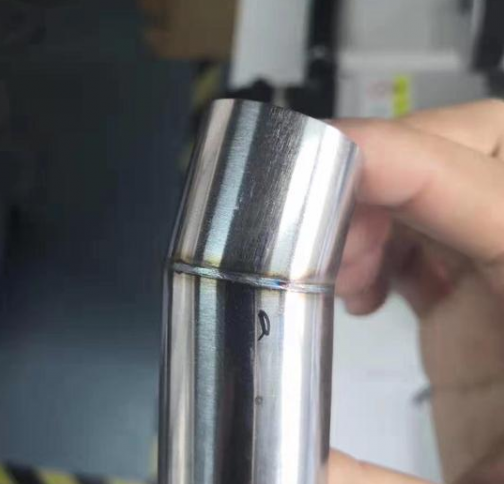The development history of fully automatic laser welding
The principle of laser has been studied clearly as early as the beginning of the 20th century. The first laser was developed in 1960. Four years later, the world’s first YAG solid laser and CO2 gas laser were developed. To this day, these two lasers They are also the two most widely used industrial lasers in the world. In recent years, new laser technologies such as fiber lasers and disk lasers have continued to emerge. The world’s first laser welding for large-scale industrial production did not appear until 20 years later in 1984.
Today, laser welding has been widely used in various industrial industries. In addition to laser welding, laser brazing, laser hot and cold wire feed welding and laser hybrid welding have also greatly expanded the application fields of laser.
Due to its unique flexibility and production efficiency, laser processing has become a unique process in various production links.

The development history and advantages of fully automatic laser welding
At present, metal welding has increasingly higher requirements for welding strength and appearance effects. Traditional welding methods will inevitably cause problems such as distortion and deformation of the workpiece due to their huge heat input. In order to compensate for the deformation problem, a large number of follow-up measures are required, which leads to an increase in costs. The fully automatic laser welding method has minimal heat input and extremely small heat-affected zone, which not only significantly improves the quality of welded workpieces, but also reduces subsequent work costs and greatly improves welding efficiency and stability.

Another advantage of laser welding is that it can be freely switched between deep penetration welding and heat conduction welding by controlling the amount of defocus. Compared with deep penetration welding, thermal conduction welding requires smaller laser energy density and smaller welding speed, but it can obtain a very beautiful welding surface effect.
What You Need to Know About Handheld Fiber Laser Welding Machines?
The difference between laser welding machine and laser cutting machine
